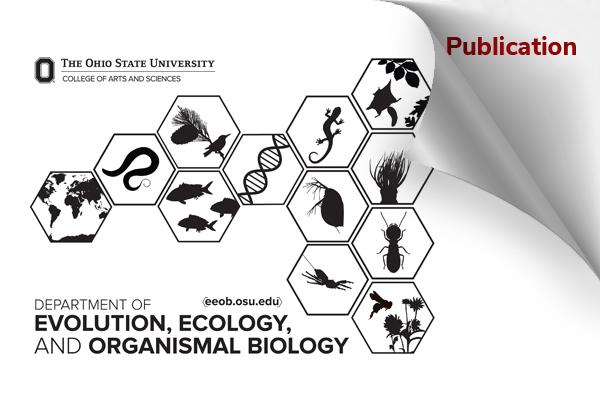EEOB Publication - Sweeney, Goodell, and Jarzyna

Three-Dimensional Habitat Structure Drives Avian Functional and Trait Diversity Across North America
Colin P Sweeney, William Peterman, Kaiguang Zhao, Karen Goodell, Benjamin Zuckerberg, Marta A Jarzyna. Ecol Evol. 2025 Apr 23;15(4):e70988. doi: 10.1002/ece3.70988. eCollection 2025 Apr.
Abstract
Understanding how three-dimensional (3D) habitat structure drives biodiversity patterns is key to predicting how habitat alteration and loss will affect species and community-level patterns in the future. To date, few studies have contrasted the effects of 3D habitat composition with those of 3D habitat configuration on biodiversity, with existing investigations often limited to measures of taxonomic diversity (i.e., species richness). Here, we examined the influence of Light Detecting and Ranging (LiDAR)-derived 3D habitat structure-both its composition and configuration-on multiple facets of bird diversity. Specifically, we used data from the National Ecological Observatory Network (NEON) to test the associations between 11 measures of 3D habitat structure and avian species richness, functional and trait diversity, and phylogenetic diversity. We found that 3D habitat structure was the most consistent predictor of avian functional and trait diversity, with little to no effect on species richness or phylogenetic diversity. Functional diversity and individual trait characteristics were strongly associated with both 3D habitat composition and configuration, but the magnitude and the direction of the effects varied across the canopy, subcanopy, midstory, and understory vertical strata. Our findings suggest that 3D habitat structure influences avian diversity through its effects on traits. By examining the effects of multiple aspects of habitat structure on multiple facets of avian diversity, we provide a broader framework for future investigations on habitat structure.
